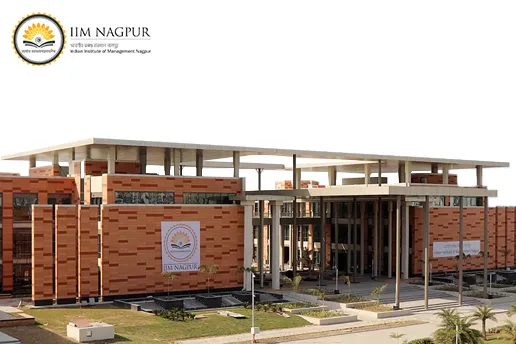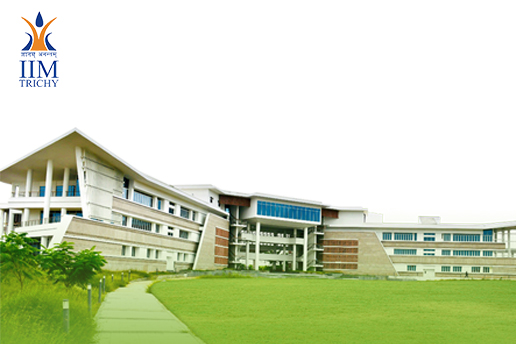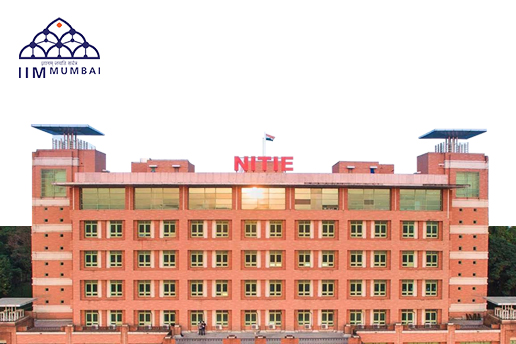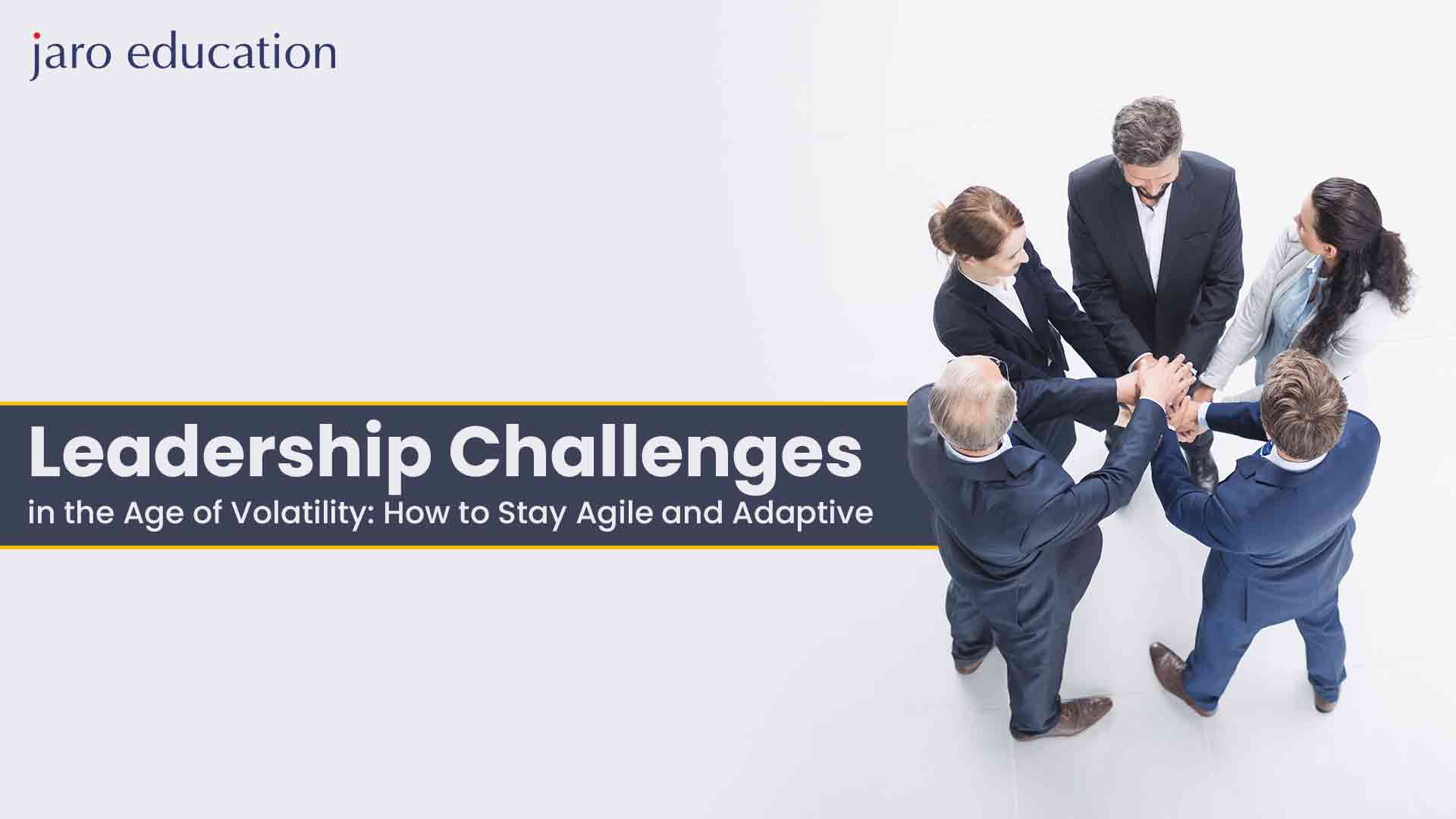What is Agile Methodology? Types, Steps, Tools, Examples
Table of Contents

In the present hectic business world, firms require a project management strategy that is efficient, collaborative, and adaptable. Agile methodology has become the contemporary answer to these requirements, revolutionizing the way teams execute projects in IT, software development, and even non-technical sectors. In contrast to conventional inflexible models, Agile focuses on flexibility, customer happiness, and iterative improvement.
The proliferation of Agile methodology processes in business projects is because it can address change quickly while maintaining stakeholders involved along the way. This makes it most suitable in sectors where requirements change often, for example, software development or digital transformation programs. With its proven track record of reconciling speed and quality, Agile became a worldwide standard.
As we go deeper, this blog will discuss Agile methodology, its types, step-by-step process, popular tools, real-world examples, and the pros and cons of adopting it for organizations.
What is Agile Methodology?
Agile methodology is a project management approach that emphasizes delivery in small, iterative increments. Each increment, referred to as an iteration or sprint, enables teams to respond to change, include feedback, and improve deliverables on an ongoing basis. The fundamental values of Agile are flexibility, customer interaction, and relentless improvement.
When discussing Agile methodology, it’s crucial to compare it with traditional Waterfall models. Unlike Waterfall, which follows a linear sequence, Agile allows teams to pivot as requirements evolve. This reduces risks and ensures projects align with real-time customer needs.
Agile methodology enhances speed and efficiency by promoting cross-functional collaboration. Teams are able to deliver functional product increments at a quicker pace, obtain customer feedback, and change priorities to suit. Agile reduces wasted effort and enhances the project outcome by prioritizing value delivery and customer satisfaction.
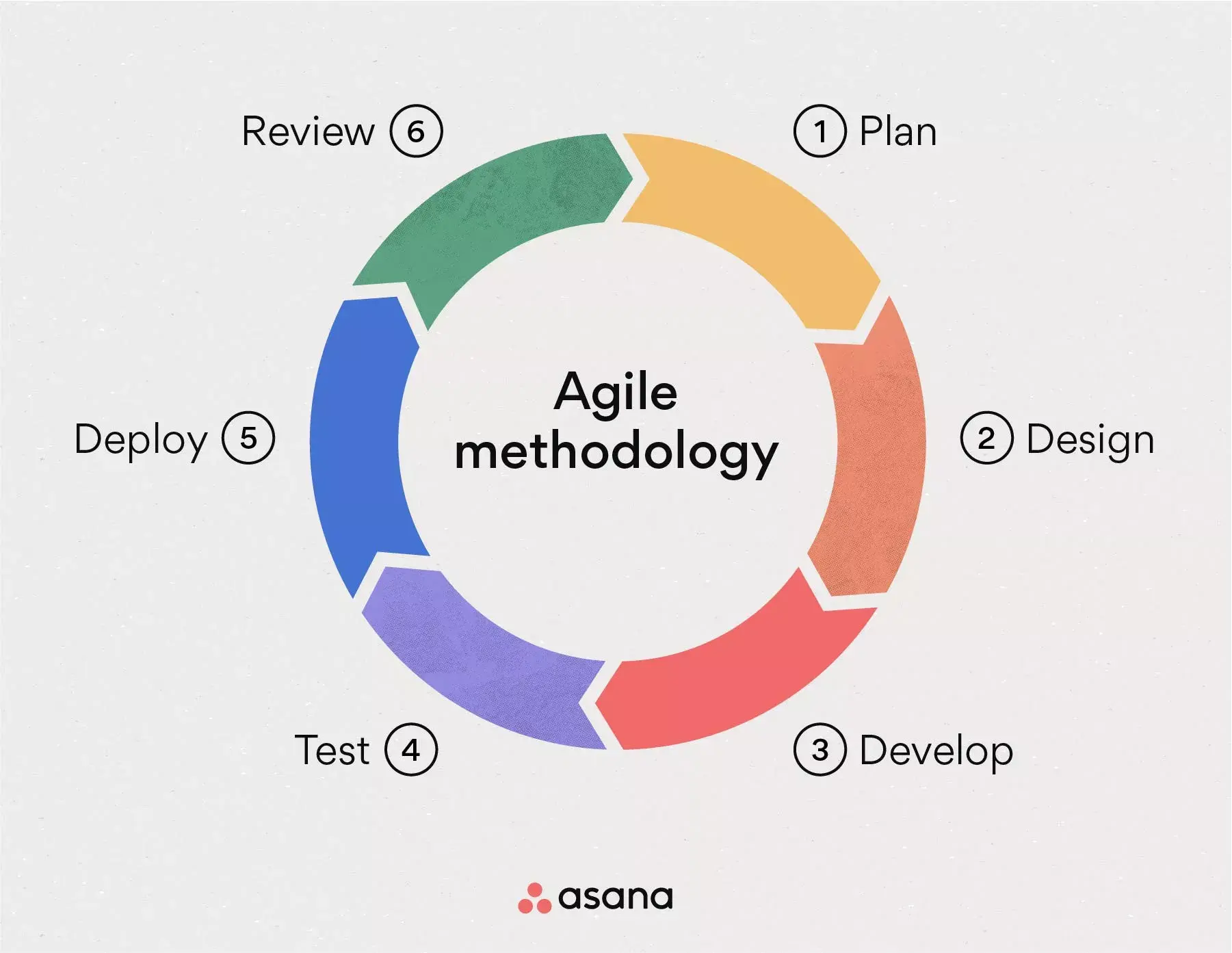
Types of Agile Methodology
There isn’t just one Agile framework. Multiple types of Agile methodology are designed to meet different team and project needs.
Scrum: This is the most popular framework. It organizes work into short sprints and defines clear roles, such as Product Owner, Scrum Master, and Development Team. It also includes ceremonies like sprint planning and retrospectives.
Kanban: This method focuses on visualizing workflows using boards. It allows for continuous delivery without strict time limits. It is ideal for teams seeking flexibility.
Extreme Programming (XP): This approach places emphasis on coding practices, test-driven development, and frequent releases to improve software quality.
Lean: This type of Agile comes from Lean manufacturing. It aims to reduce waste and focuses solely on activities that add value.
Crystal Methodology: This method adjusts processes based on team size and project complexity. It stresses communication and people over strict rules.
SAFe (Scaled Agile Framework): This is a structure for large companies to apply Agile across multiple teams and departments.
Each framework within the Agile methodology shares common principles but offers different strengths. This allows organizations to choose the best fit for their goals.
Steps in Agile Process
The steps in Agile methodology define how projects move from vision to delivery in an iterative and flexible way. Unlike traditional sequential processes, Agile thrives on adaptability.
Key steps include:
- Project Vision & Requirement Gathering: Teams align on goals and customer needs.
- Backlog Creation & Prioritization: Work is broken down into user stories and prioritized.
- Sprint Planning & Execution: Tasks are chosen for each sprint and completed within a set time frame.
- Daily Stand-ups: Quick meetings help track progress and address obstacles.
- Review & Feedback: Stakeholders test outcomes and provide input.
- Retrospective & Improvement: Teams reflect on what worked and make adjustments for future sprints.
The Agile methodology process ensures continuous delivery, quick problem-solving, and constant stakeholder involvement. This makes it highly effective for dynamic industries.
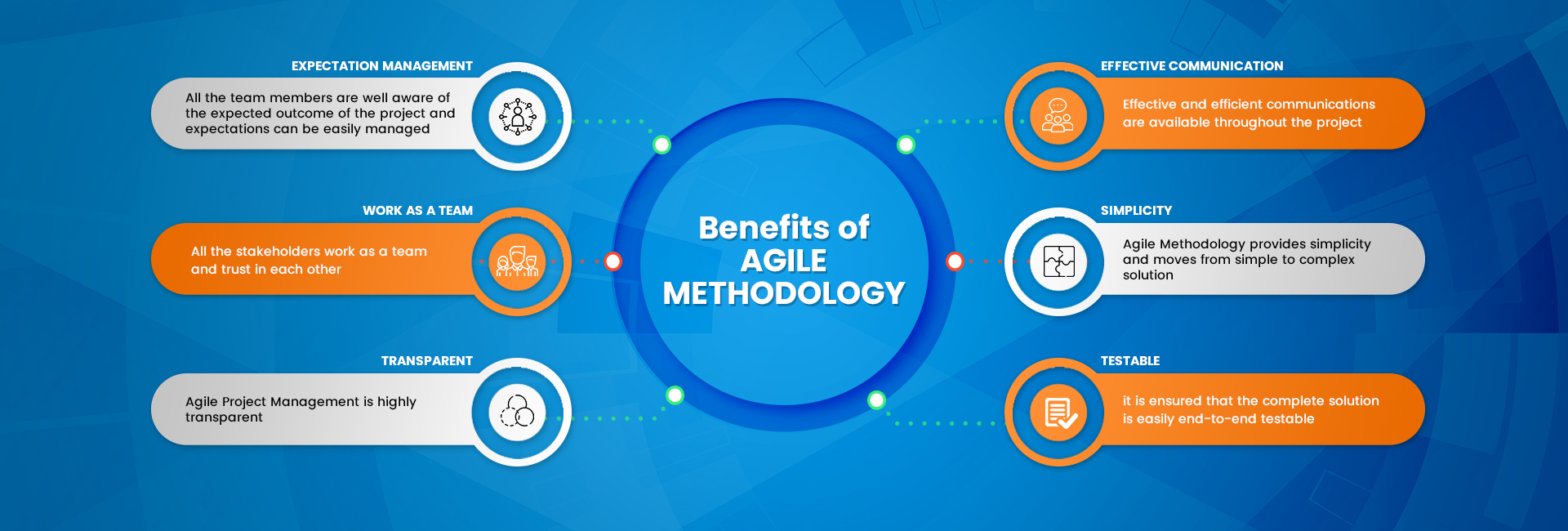
Agile Methodology Tools
Successful implementation of Agile depends on great planning, tracking, and collaboration tools. These Agile methodology tools provide transparency and maintain teams on track.
- Jira: Used extensively for Scrum and Kanban boards, backlog management, and reporting.
- Trello: A visual tool based on boards and cards for easy task management.
- Asana: Team collaboration-driven with timelines and project tracking.
- Monday.com: Provides workflows that can be adjusted to fit various Agile frameworks.
- ClickUp: Integrates task management, docs, goals, and communication all in one platform.
With these kinds of Agile methodology tools, organizations achieve improved transparency, productivity, and accountability. They facilitate teams to manage priorities, minimize confusion, and consistently deliver value.
Agile Methodology Examples
The easiest way to get a grasp on Agile is to see real-world Agile methodology example use cases.
Software Development: Microsoft and Google apply Agile to iterative releases of products, making features customer-focused.
Healthcare Projects: Agile facilitates digital transformation initiatives through fast and efficient solution delivery.
Startups: Startups embrace Agile to make rapid shifts, experiment with ideas, and release products more quickly.
Large Enterprises: Companies embrace SAFe to handle large projects with hundreds of teams working concurrently.
Spotify Model: Spotify has an Agile squad-based model, where independent teams experiment while remaining aligned to company objectives.
Such Agile methodology steps implemented across various industries identify the flexibility and wide applicability of Agile practices.
Advantages and Challenges of Agile Methodology
Adopting Agile methodology has changed how businesses manage projects, especially in fast-paced fields like IT, software development, and digital transformation. Its main strength is flexibility. Teams can adjust to changes in requirements or market conditions without disrupting the entire workflow. Another major benefit is faster delivery. Projects get broken down into smaller sprints, allowing organizations to release functional features quickly. This step-by-step approach ensures that customers receive value regularly, improving overall satisfaction.
The Agile methodology process also lowers risks by promoting ongoing stakeholder involvement and frequent testing. Unlike traditional models, where feedback comes only at the end, Agile encourages collaboration throughout the project. This reduces costly mistakes and ensures that the final product meets real customer needs. Additionally, Agile fosters transparency, accountability, and teamwork, which helps organizations create a culture of innovation and ongoing improvement.
Despite its advantages, there are challenges in implementing types of Agile methodologies. One major obstacle is the cultural shift needed. Organizations must move away from rigid structures and adopt a mindset of openness and adaptability. This change can be difficult for teams accustomed to hierarchical decision-making. Another challenge is the need for continuous stakeholder involvement, which may not always be possible, particularly in projects with limited client availability. Agile can also face difficulties with fixed-scope projects, where budgets, timelines, and deliverables are set in stone.
Using the right Agile methodology tools like Jira, Trello, or Asana can help address some of these challenges, but success largely depends on leadership commitment and team readiness. While adopting Agile requires effort and discipline, the long-term benefits—like speed, quality, and customer focus—make it one of the most effective project management approaches available today.
Conclusion
The Agile methodology is more than just a project management approach. It is a mindset that focuses on adaptability, collaboration, and ongoing improvement. By adopting Agile, organizations can respond quickly to market changes, deliver quality results more rapidly, and keep customers at the heart of every project. Understanding what Agile methodology is, its steps, tools, and real-life applications gives teams a clear path toward success.
While challenges like cultural change and ongoing stakeholder involvement can come up, the long-term benefits—flexibility, reduced risks, faster delivery, and better alignment with business goals—make Agile a strong option. By exploring different types of Agile methodology and using the right tools, companies can improve workflows and achieve greater efficiency.
In today’s competitive environment, businesses that implement Agile practices will be better equipped to innovate, grow, and ensure long-term success. Starting small and gradually scaling Agile can unlock lasting value.
Frequently Asked Questions
What is Agile methodology in simple words?
Agile methodology is an adaptive project management style in which work is executed in small, iterative increments known as sprints. It prioritizes collaboration, customer input, and constant improvement, enabling teams to release value rapidly while responding to changing requirements during the project.
What are the 4 principles of Agile?
The four core values of Agile are: placing people and interactions above processes, delivering working solutions rather than vast amounts of documentation, working with customers during development, and adapting with speed to change instead of strictly adhering to a set plan. These values direct the whole process of Agile methodology.
What is Agile vs scrum?
Agile is a general project management ideology that focuses on flexibility, teamwork, and responsiveness. Scrum, however, is one of the most widely used frameworks of Agile. It employs sprints, roles, and ceremonies to organize work, making Agile concepts more concrete and implementable.
What is Agile vs waterfall?
Agile is iterative and responsive, producing work in small pieces with ongoing feedback, whereas Waterfall is sequential and linear, progressing step by step from planning to delivery. Agile methodology is ideal for projects that are dynamic in nature with shifting requirements, while Waterfall is ideal for projects with immutable scope and timelines.
What is sprint in Agile?
Sprint in Agile refers to a brief, time-boxed iteration, typically 1–4 weeks long, during which teams complete a list of prioritized tasks. The objective is to have a working product increment at the end of the sprint, followed by inspection, feedback, and ongoing improvement.









